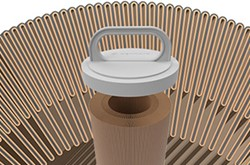- Home
- Applications
At Pentair we are committed to delivering cutting-edge solutions that address the unique challenges of the oil and gas industry. Our advanced technologies are designed to enhance operational efficiency, ensure safety, and promote sustainability across various applications.
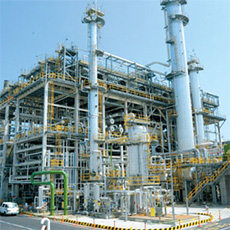
Alkylation
The key aspects of an alkylation unit pertain to the amount of acid that needs to be made-up on a continuing basis. This cost becomes even more critical if the plant has no onsite acid regeneration, or the acid consumption exceeds the acid regeneration capacity.
LNG - Liquified Natural Gas
Until recently, the Liquefied Natural Gas (LNG) market was a relatively small part of the gas processing world. The market has experienced a transformation fueled by the discovery of vast reserves in North America, Asia’s robust economic growth, larger populations, and the demand for cleaner energy.
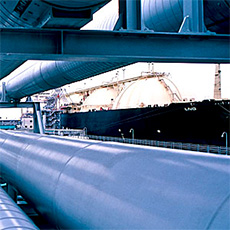
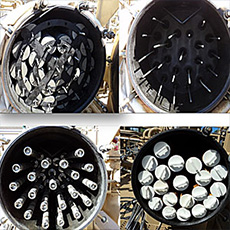
Amine systems
There are a number of factors that affect the capacity and operation of a typical amine system. Solid or liquid contaminants in the system may cause foaming. The presence of foaming is typically addressed by the addition of expensive antifoam chemicals and/or by reducing the operating capacity of the amine system.
BTX (Benzene, Toluene and Xylene)
Purify benzene, toluene, and xylene (BTX) from aromatic streams found in refineries or petrochemicals, such as catalytic reformate or pyrolysis gasoline. It uses liquid-liquid extraction, which is cost-effective in both initial investment and ongoing operations. This method is straightforward to operate, works with various feedstocks, and delivers efficient solvent performance.
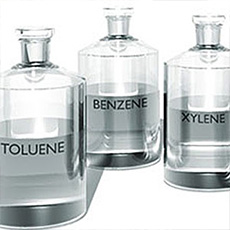
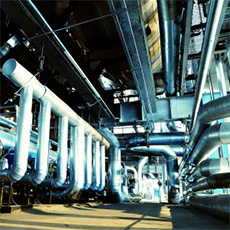
Caustic Treating
The key aspects of a caustic treating system pertain to the degree of contact
between the caustic and hydrocarbon to facilitate the mass transfer.
Coatings
Reactor products can contain gelatinous, deformable solids form in coating formulation. Batch Process: Limited reactor turn-over (constrained through-put) due to long filtration process. Reduce operating costs and batch cycle time, double capacity and increase online life.
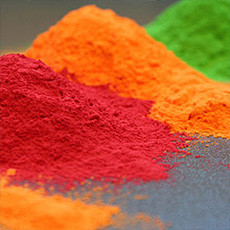
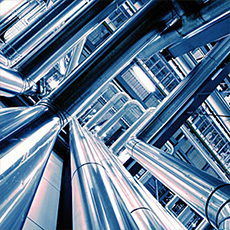
Ethylene Quench Water
Fundamental building block chemical used in the production chain of polyethylene, PVC, styrene, ethylene glycol, vinyl acetate, linear ∂-olefins and a host of other chemical products. Eliminate hydrocarbons in Quench Water system, minimize fouling, provide greater system reliability, lower maintenance, lower energy costs.
Silicones
Silicones are inert, synthetic compounds with a variety of forms and uses. Typically heat-resistant and rubber-like, they are used in sealants, adhesives, lubricants, medical applications, cookware, and insulation.

Custody Transfer - Jet Fuel
Product custody transfer involves a number of processes, all of which are intended to meet transfer specifications in terms of water, particulate and metals.
Deep Well
Deepwell facilities for the disposal of plant waste streams often employ nominally rated spray spun elements, bags, diatomaceous earth filters, and various other types of conventional filtration technology
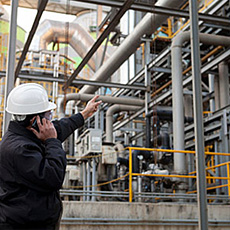
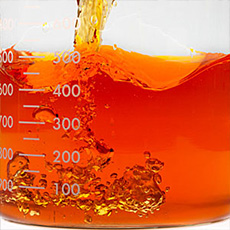
Frac Fluid Clean Up
Proper fluid and proppant placement are critical to a successful propped fracture stimulation treatment.
Fuel Gas
Fuel Gas Streams are frequently contaminated with liquid aerosols. The liquid exists as a stable and persistent “smoke” in the gas stream.
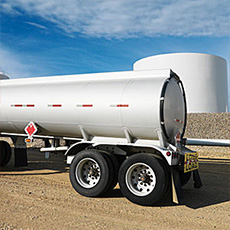
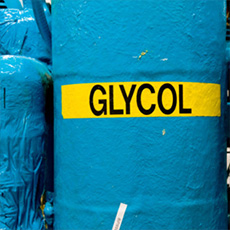
Glycol Dehydration
Glycol dehydration is a liquid desiccant system for the removal of water from natural gas and natural gas liquids (NGL).
Hydrotreating
The key to optimizing a hydro processing unit is to maximize the life of the
catalyst bed and increase energy efficiency of the furnaces.
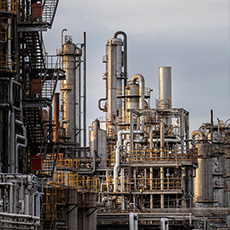
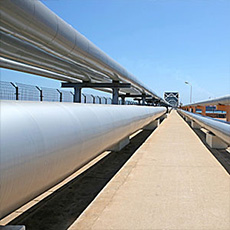
Inlet Gas Separation
Natural gas gathering systems deliver large volumes of gas via pipeline to the central inlet of the gas processing facility. Removal of solid contaminants and free liquids present in the inlet gas is critical to the downstream process.
Lube Oil Systems
Many lube oil recovery processes create aqueous and hydrocarbon emulsions that are difficult to separate by means of conventional liquid/liquid separations technology.
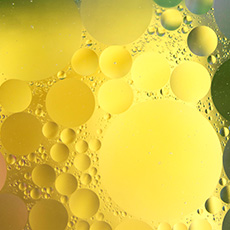
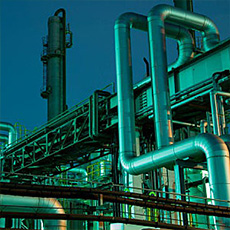
NGLs - Fractionation
There are two basic steps to the treatment of natural gas liquids in the natural gas stream. First, the liquids must be extracted from the natural gas. Second,
these NGLs must be separated themselves, down to their base components.
Produced Water Management - Offshore
A combination of factors in recent years has led to increased attention to water management in the oil and gas industry.
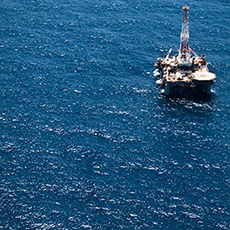
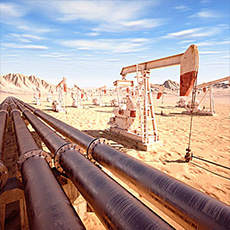
Produced Water Management - Onshore
A combination of factors in recent years has led to increased attention to water management in the oil and gas industry.
Produced Water - Salt Water Disposal
A combination of factors in recent years has led to increased attention to water management in the oil and gas industry
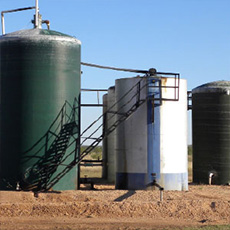
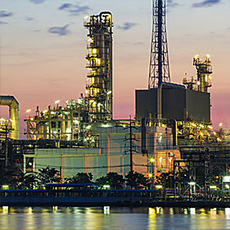
Sour Water
Hydrocarbons in the sour water system are typically present on a continuous basis at up to 10,000 ppm and during upsets to levels greater than 50,000 ppm.


